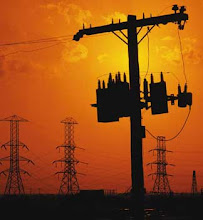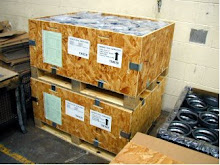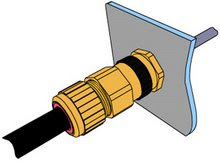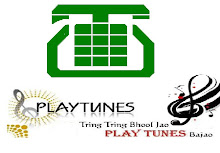
United States Action
UnitedStatesAction Yahoo Group
Back to Electrical Threats Page
Back to US Action Home Page
ELECTROMAGNETIC PULSE RISKS AND TERRORISM
Other Subjects: --- EMP and Faraday Cages --- EMP and Other Practical Advice --- EMP Senate Hearings March 2005 --- EMP News Articles and Commentary
General Definition - Electromagnetic pulse
In addition to other effects, a nuclear weapon detonated in or above the earth’s atmosphere or alternatively an E-Bomb (see below) can create an electromagnetic pulse (EMP), a high-density electrical field. EMP acts like a stroke of lightning but is stronger, faster and briefer. EMP can seriously damage electronic devices connected to power sources or antennas. This include communication systems, computers, electrical appliances, and automobile or aircraft ignition systems. The damage could range from a minor interruption to actual burnout of components. Most electronic equipment within 1,000 miles of a high-altitude nuclear detonation could be affected. Battery powered radios with short antennas generally would not be affected.
Although EMP is unlikely to harm most people, it could harm those with pacemakers or other implanted electronic devices.
An Air Force spokesman, who describes this effect as similar to a lightning strike, points out that electronics systems can be protected by placing them in metal enclosures called Faraday Cages that divert any impinging electromagnetic energy directly to the ground. Foreign military analysts say this reassuring explanation is incomplete.
What can be done? See Web Page on Faraday Cages (http://www.unitedstatesaction.com/emp_and_faraday_cages.htm)See Web Page on EMP Other Practical Advice and also latest news in Washington Times August 19, 2003 commentary ("The blackout next time").
From: http://www.physics.northwestern.edu/classes/2001Fall/Phyx135-2/19/emp.htm
Home Electromagnetic Pulse Railgun Technology Non-lethal Anti-Personnel Electromagnetic Weapons
Definition of an electromagnetic pulse (EMP):
1. The electromagnetic radiation from a nuclear explosion caused by Compton-recoil electrons and photoelectrons from photons scattered in the materials of the nuclear device or in a surrounding medium. The resulting electric and magnetic fields may couple with electrical/electronic systems to produce damaging current and voltage surges. May also be caused by nonnuclear means. 2. A broadband, high-intensity, short-duration burst of electromagnetic energy. Note: In the case of a nuclear detonation, the electromagnetic pulse consists of a continuous frequency spectrum. Most of the energy is distributed throughout the lower frequencies between 3 Hz and 30 kHz.
History of the EMP
The existence of the electromagnetic pulse has been known since the 1940's when nuclear weapons were being developed and tested. However, because of lack of data, the effects of an EMP were not fully known until 1962. At this time, the United States was conducting a series of high-altitude atmospheric tests, code named "Fishbowl." The nuclear explosion, "Starfish Prime," which was detonated in the Pacific Ocean 800 miles from Hawaii, caused an EMP that disrupted radio stations and electrical equipment throughout Hawaii. Consequently, in 1963, the United States and the Soviet Union signed the Atmospheric Test Ban Treaty to counter the considerable threat posed by EMPs. Unfortunately, the destructive potential of an EMP increases everyday as society becomes evermore technological because of an escalating dependence on electronics.
Physics of the EMP
An electromagnetic pulse starts with a short, intense burst of gamma rays produced from nuclear detonation. The gamma rays interact with the atoms in air molecules through a process called the Compton effect, wherein electrons are scattered at high energies, thus ionizing the atmosphere and generating a powerful electrical field. The strength of the EMP depends highly on the altitude at which it is released. At altitudes above 30,000m, it is the strongest. It is also significant at surface or low altitude bursts, but is not as effective between the two extremes.
Effects of an EMP
Although the electric field created from an EMP lasts for only a short time, its effects can be devastating. It is predicted that a single high altitude burst 200 miles above Kansas could propagate an EMP enveloping the entire United States. Electrical systems connected to things that can conduct current like wires, antennas, and metal objects will suffer significant damage. EMP effects on electronics include interference of radio frequency links, irreparable damage to microcircuits, and even the disabling of satellites. Fortunately, electronic equipment that is turned off is less likely to be damaged.
Protecting Against EMP
Electrical equipment is "hardened" to protect itself from an EMP. The basic concern of protection is cutting down the outside EMP level. Metallic shielding is used to route EMP fields away from vital electrical components. If it is also connected to a cable, transient protection like surge protectors, wire termination procedures, screened isolated transformers, protective enclosures, spark gaps, and filters are used to protect at the point of entry. To protect against EMP in an indirect way, other methods are used, such as increasing immediate backup units and avoidance (i.e. keeping equipment out of range of EMP bursts).



















.jpg)



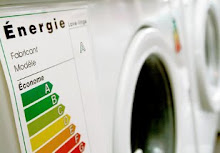

.jpg)

.jpg)








.jpg)

.jpg)













.jpg)


.jpg)




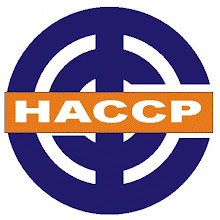
































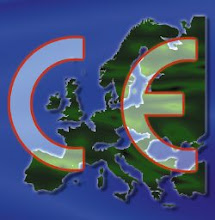






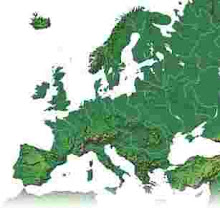












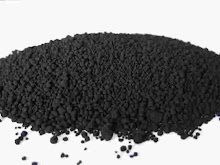




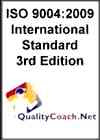
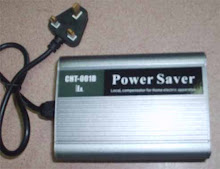



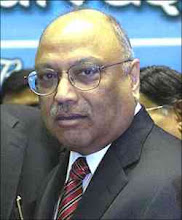










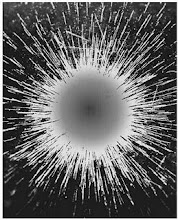










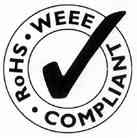





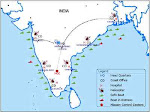








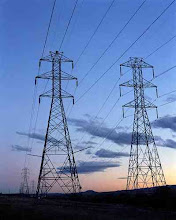


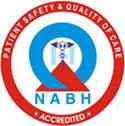




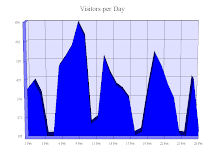

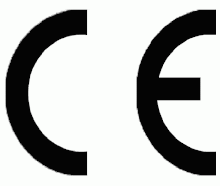



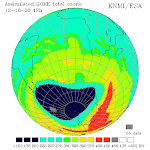



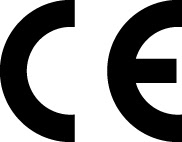


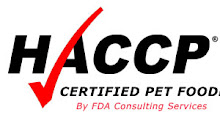

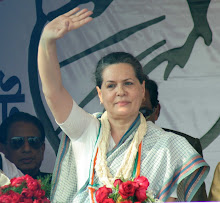




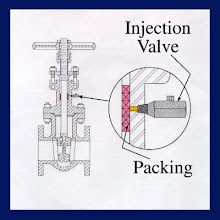












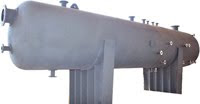







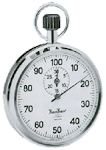
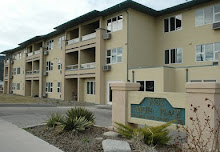

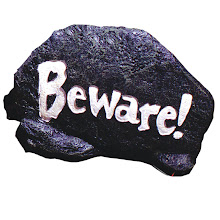
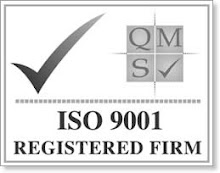




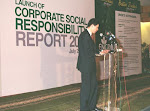







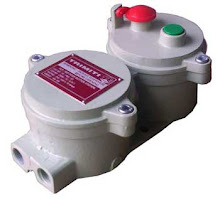










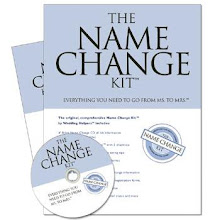








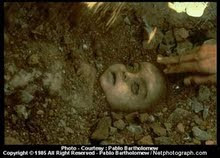

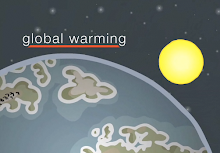


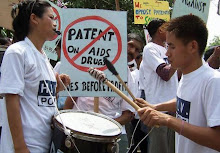


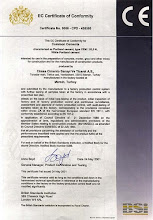

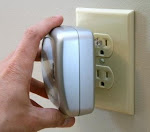


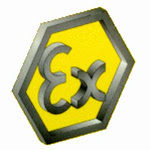















.jpg)

.jpg)


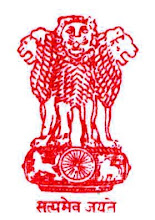




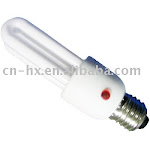



.jpg)
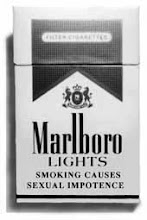





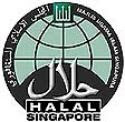









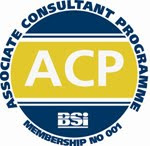


















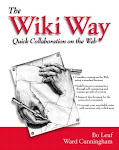




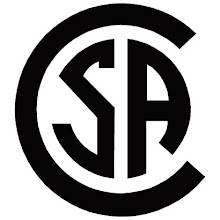











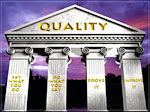


.jpg)

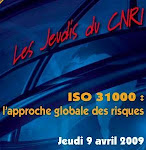


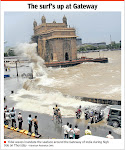





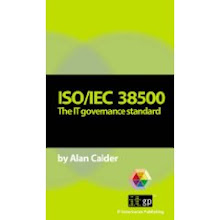




.jpg)




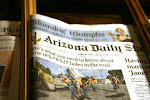
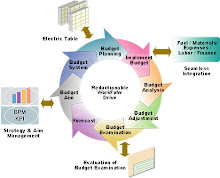






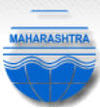







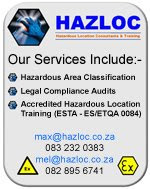


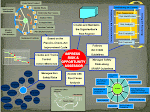







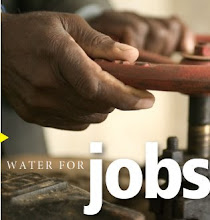




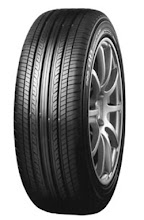


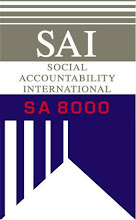
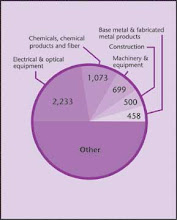
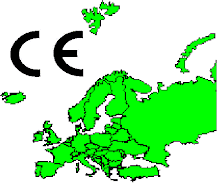

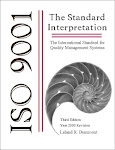


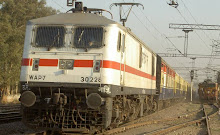

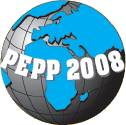


















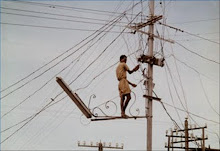

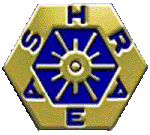
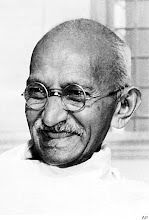








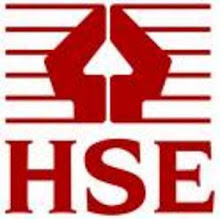

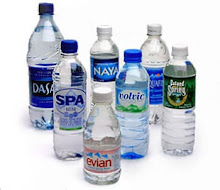



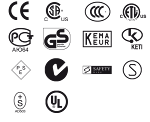

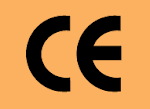













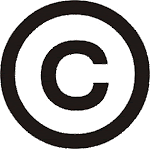

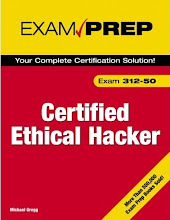

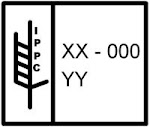
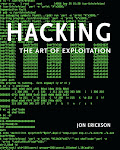

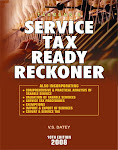










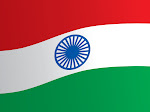










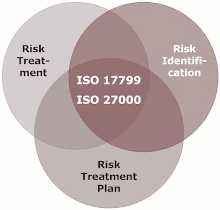





.jpg)












